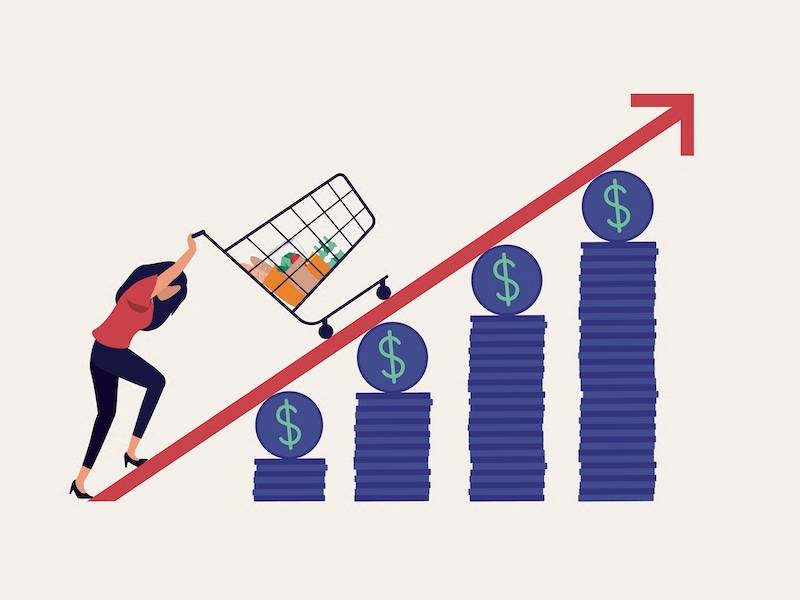High Rate of Inflation
In recent years, many countries have experienced an alarming rise in inflation, significantly impacting economies and individuals alike. Inflation, defined as the rate at which the general level of prices for goods and services rises, erodes purchasing power and can lead to economic instability. The current high inflation rate in our country has sparked widespread concern, prompting discussions on its causes and potential consequences.
Several factors contribute to the current inflationary trend. One primary driver is supply chain disruptions, which were exacerbated by the COVID-19 pandemic. As global economies began to reopen, pent-up demand collided with supply shortages, leading to increased prices. Industries from electronics to food have faced delays and increased costs, translating to higher prices for consumers.
Additionally, monetary policy plays a crucial role in inflation rates. In response to the pandemic, many central banks adopted aggressive monetary easing strategies, including lowering interest rates and implementing quantitative easing. While these measures aimed to stimulate economic growth, they also increased the money supply, contributing to inflationary pressures as more money chased the same amount of goods and services.
Furthermore, geopolitical tensions, such as the conflict in Eastern Europe, have disrupted energy supplies, leading to skyrocketing fuel prices. Energy costs significantly influence overall inflation, affecting transportation and productionÂ
The consequences of sustained high inflation are profound. For consumers, rising prices diminish purchasing power, forcing families to adjust their budgets and prioritize essential goods over discretionary spending. This shift can lead to a slowdown in economic growth, as consumer spending constitutes a significant portion of GDP.
For businesses, inflation presents challenges in cost management. Companies may struggle with rising input costs, which can lead to reduced profit margins. In response, businesses often pass these costs onto consumers, perpetuating the inflationary cycle. Additionally, uncertainty about future inflation can hinder investment, as companies may hesitate to expand or hire in an unpredictable economic environment.
Inflation also has social implications, disproportionately affecting lower-income households. These families typically spend a larger share of their income on essential goods and services, making them more vulnerable to price increases. This situation can exacerbate inequality and lead to increased calls for government intervention to address the affordability crisis.
Governments and central banks are tasked with addressing high inflation through various policy measures. Tightening monetary policy, such as increasing interest rates, is one strategy to reduce inflationary pressures. While this approach can help stabilize prices, it also risks slowing down economic growth and increasing unemployment.
Fiscal policies, such as targeted relief programs for low-income households, can also mitigate the effects of inflation. By providing financial assistance, governments can help those most affected by rising prices, ensuring that basic needs are met while longer-term solutions are developed.
The high rate of inflation presents a complex challenge, driven by a combination of supply chain issues, monetary policy decisions, and geopolitical events. Understanding these factors is crucial for developing effective responses to protect consumers and stabilize the economy. As policymakers navigate this intricate landscape, the focus must remain on balancing inflation control with sustainable economic growth, ensuring that all citizens can thrive in an increasingly uncertain economic environment.


